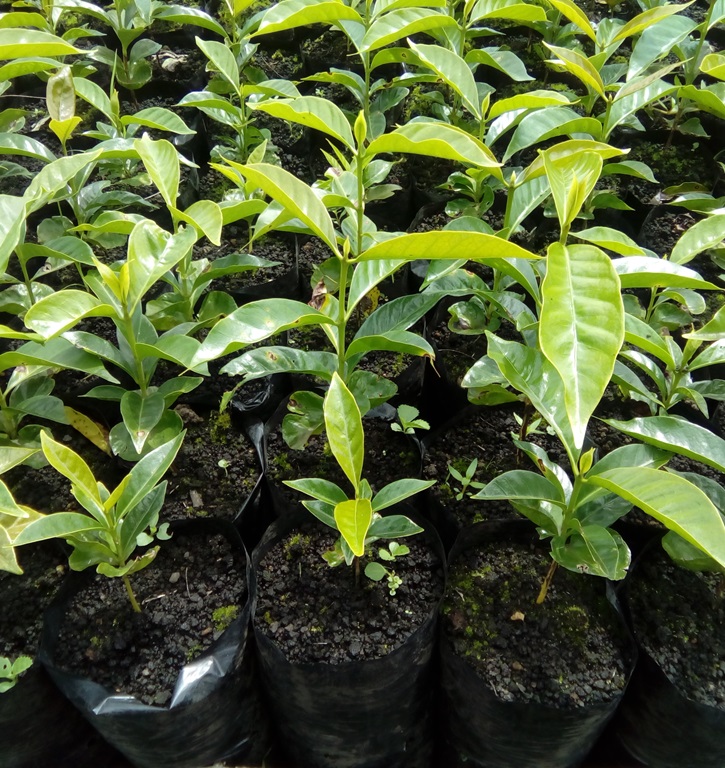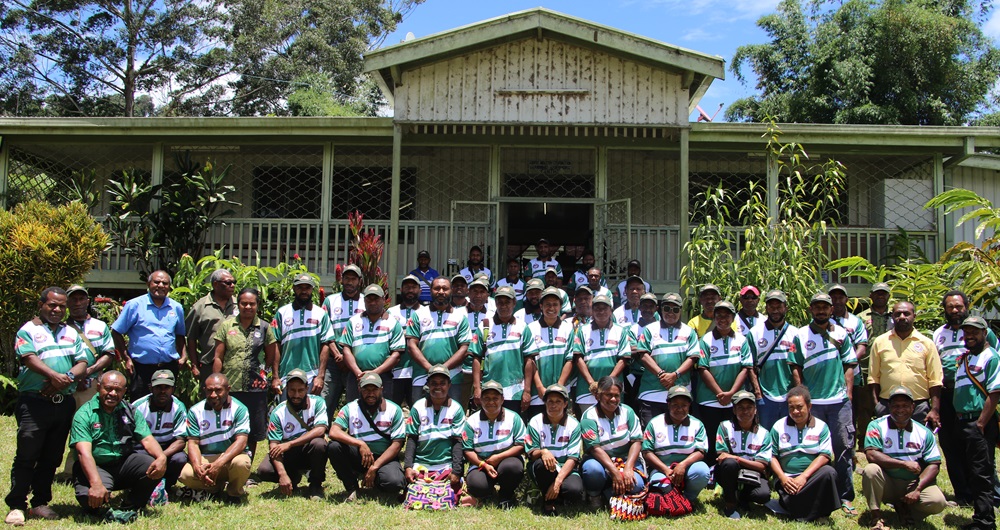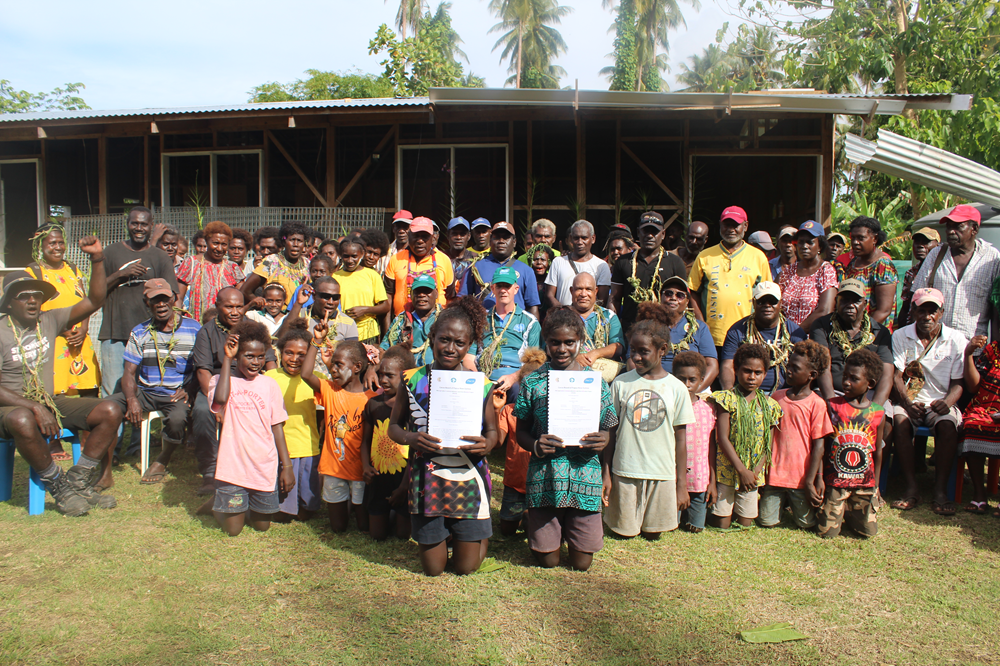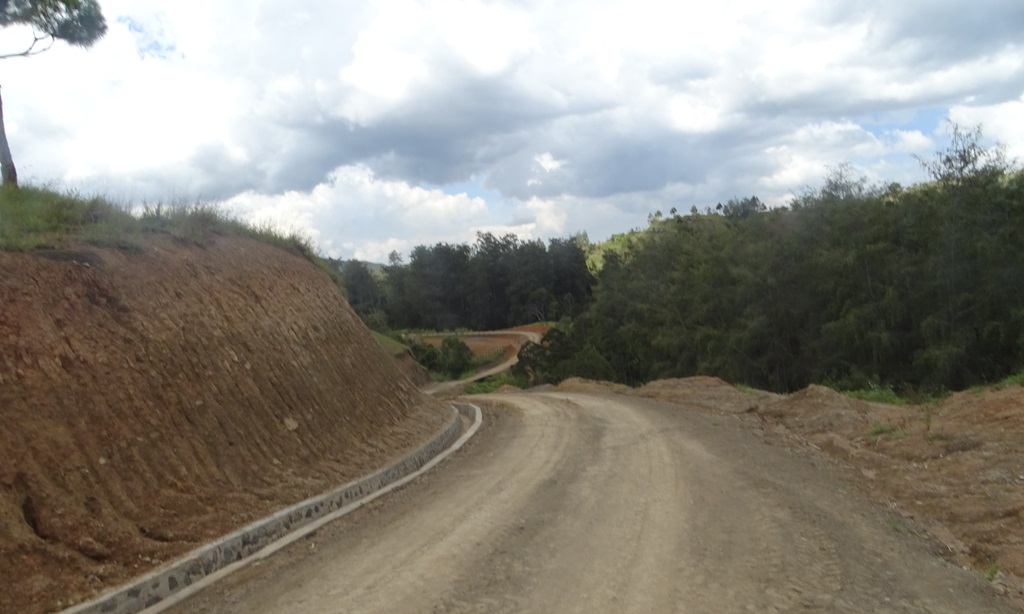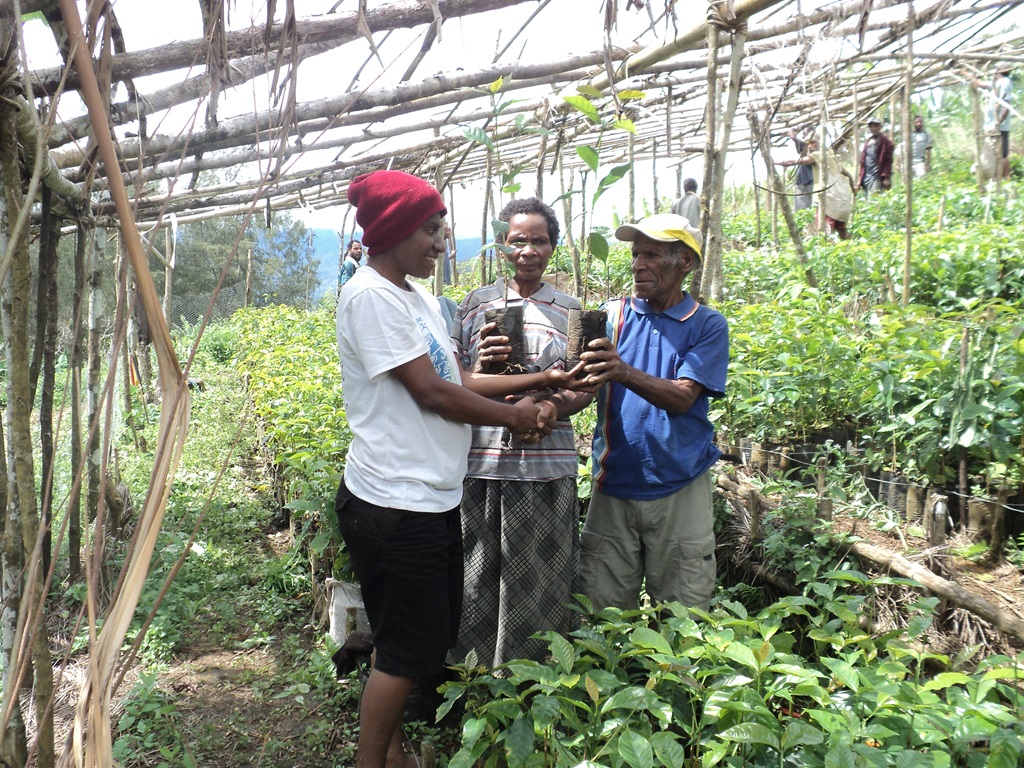PACD Project Objective
Our goal is to support the growth of competitive and diversified agriculture value chains for selected commodities:
- Coffee
- Cocoa
- Coconut
- Spices
- Small livestock
Focus Areas:
- Eastern Highlands
- Morobe
- Chimbu
- Western Highlands
- Jiwaka
- East New Britain
- Bougainville
How We Achieve This:
- Strengthening institutions to better support farmers and businesses.
- Improving feeder roads and essential infrastructure for better access and logistics.
- Enhancing skills across various stages of the agricultural value chains.
- Providing vocational and business development training to boost productivity and sustainability.
